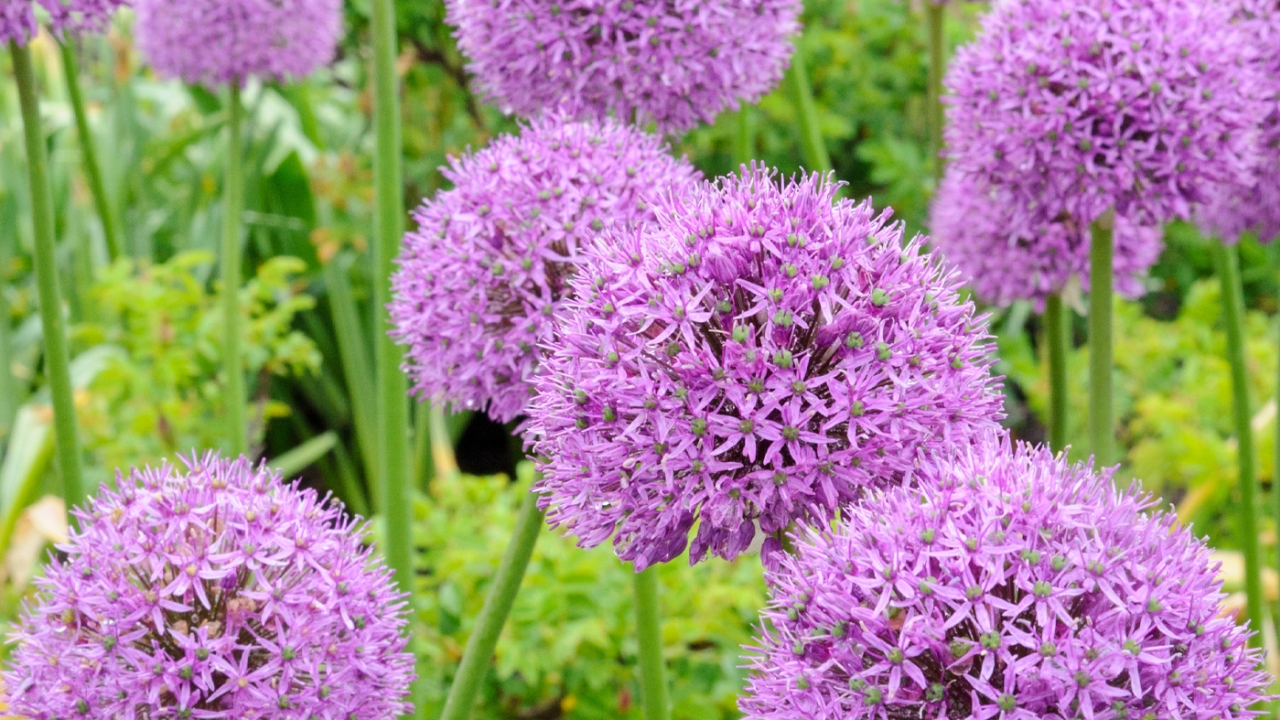

Begonias, Angel-wing
Begonia coccinea
In 1926 when Eva Kenworthy Gray of California launched her at-home hybridizing of fibrous begonias, could she possibly have predicted the enormous success her program would engender? An amateur breeder, she crossed a Brazilian begonia (Begonia aconitifolia) with a lovely privately owned Swiss plant (B. coccinea 'Lucerna'), and the resulting descendants were christened angel-wing begonias.
Members of the fibrous cane begonia group, angel-wings are upright growing plants with thick canes or stems, often brilliant foliage and heavy clusters of dangling flowers in cherry red, orange, salmon, pink and white. They can be easily identified by the folded, often feathery, winglike leaves that appear speckled, polka-dotted, banded or splotched in multicolors, including metallic silver. The splashiness of color and pattern in the foliage often includes a contrasting color on the underside of the leaves. Deeply etched, lobed, with wavy or feathered margins, these leaves are truly unique.
Native to the tropics and subtropics, the angel-wings are wonderful houseplants year-round, not difficult to grow once their needs are understood. Because they offer the home gardener outstanding foliage plus a long bloom time, learning their ways is well worth the time.
Most of the 1,500 species and 10,000 begonia hybrids share a few common cultural requirements. They like warmth, high humidity, good air circulation and judicious watering and fertilizing. The angel-wings are no exception to these general guidelines. Place them in a bright east or west window. Bright light intensifies the leaf colorations and promotes good flower development. When taken outside for the summer, they will prefer partial shade to avoid leaf scorch. Indoor room temperatures should be 70 to 75 degrees during the daytime and no cooler than 60 degrees at night. Water the plants when the soil is dry. Noted begonia expert Tovah Martin revealed that she and her begonias "slowly developed an understanding: I learned how to water them (or rather, how to withhold water) properly, and they flourished." Fertilize once a month only between April and October with a dilute 20-20-20 mix. Fertilizing more often than this results in excessively caney growth.
Pruning
Because angel-wings are in the cane grouping of begonias, careful pruning of these canes will keep the plants compact, rounded and, in many cases, suitable for hanging baskets. When the new plant is 6 inches tall, pinch the top growing shoot; lateral shoots will develop in a few weeks. Allow any extra shoots from the base of the stem to grow since they too will develop a bushier form. If any one cane starts to take over or grows rapidly with only a few leaves, prune it out. When the plant is one year old, prune it drastically down to 6 inches both in the winter and again in late spring.
Repotting
Repotting should be done in spring or summer, although angel-wings are better off if slightly potbound. Too much soil around the roots may waterlog the plant and create root rot. A good, well-draining soil would consist of a commercial potting mix or equal parts loam, peat, sand and compost. Clay pots are preferred since they dry out faster than plastic pots.
Care
Mildew is not the problem with angel-wings that it can be with other begonias, but fungal disorders can certainly set in if plants are too crowded, watered from overhead or have poor air circulation. Watch out for mealybugs on foliage; control them by dabbing with alcohol-soaked cotton swabs.
When angel-wings begin to lose their vigor (typically after five to six years), take leaf cuttings in the spring or summer and create new healthy plants. Cut a 3- to 4-inch growing tip with two sets of leaves. Remove the lower set, dip the cut stem end in rooting hormone and plant in moist vermiculite. Cover with plastic to maintain a high humidity.
Cultivars
'Anna Christine', 'Charles Jaros', 'Esther Albertine', 'Jim Wyrtzen', 'Splish Splash', 'Silver Wings', 'Looking Glass" — these wonderful cultivars are only a few examples of the advances breeders have made in year-round flowering, more compact habit, fragrance and flashier foliage. Eva Kenworthy Gray and her fellow amateur hybridizers should be recognized as truly "heavenly" home gardeners.


